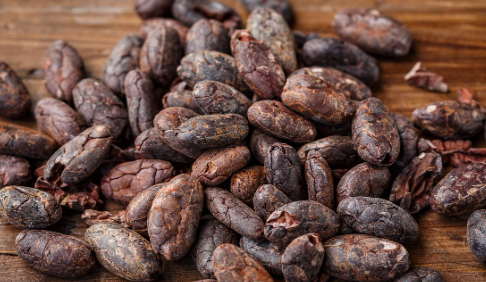$CCZ25 $CAZ25 #Cocoa #Chocolate #CommodityMarket #Agriculture #IvoryCoast #MarketTrends #FoodPrices #Investment #Finance
Will Ivory Coast’s Booming Cocoa Crops Slash Chocolate Prices?
Recent improved news regarding cocoa crop prospects in the Ivory Coast has contributed to a notable decline in cocoa prices across global markets. On Friday, December ICE NY cocoa (CCZ25) closed down 17 points, or 0.25%, while December ICE London cocoa #7 (CAZ25) fell by 49 points, marking a reduction of 1.01%. This downward trend is significant as London cocoa has now reached a 2.5-month low, and NY cocoa is hovering just above its 10.75-month low established earlier this week.
The factors contributing to this price drop are multifaceted. Firstly, beneficial rains in the Ivory Coast have bolstered crop yields, leading to increased supply expectations. These favorable weather conditions suggest a potential oversupply in the coming months, which could further pressure prices downward. As the world’s largest cocoa producer, the Ivory Coast plays a crucial role in determining global cocoa prices, and improved crop prospects can have far-reaching effects on the chocolate industry.
Moreover, the cocoa market is particularly sensitive to fluctuations in supply, given the relatively inelastic demand for chocolate. While consumers’ appetites for chocolate remain robust, an influx of cocoa could shift the price dynamics significantly. This scenario raises an essential question for investors and consumers alike: Will these improved crop prospects lead to lower chocolate prices, or will other factors negate this potential benefit?
Market Reactions and Implications
Investors are closely monitoring these developments, as changes in cocoa prices can ripple through various sectors, including confectionery, agriculture, and even commodity trading. The market’s reaction to these improved crop conditions is telling; a continued decline in cocoa prices could lead to increased margins for chocolate manufacturers, potentially enabling them to reduce retail prices.
However, it’s crucial to consider that the chocolate market is influenced by several other factors, including labor costs, transportation expenses, and global economic conditions. Consequently, while lower cocoa prices may seem beneficial for consumers, the actual effects on chocolate prices could be mitigated by these other costs.
Looking Ahead: The Global Cocoa Landscape
As we look ahead, the implications of these improved crop prospects extend beyond immediate price fluctuations. Cocoa is a vital commodity in global trade, and changes in its pricing can influence broader economic trends. Investors should remain vigilant, as shifts in the cocoa market can be indicative of larger macroeconomic conditions.
For those interested in the intersection of agriculture and finance, this is an opportune moment to explore investment opportunities within the cocoa sector. Analyzing the potential for continued price fluctuations can provide insights into both short-term trading strategies and long-term investment plans.
In summary, the improved news surrounding cocoa crop yields in the Ivory Coast signals a potential shift in the market landscape. As cocoa prices continue to adjust, stakeholders across the board must stay informed and agile to navigate the evolving economic environment. For more insights into the broader financial markets, consider exploring our stock analysis section for additional information on commodity trends and investment strategies.
Ultimately, only time will tell whether these promising developments in crop production will translate into meaningful changes in chocolate pricing. Investors and consumers alike should keep a close watch as the situation unfolds.











Comments are closed.